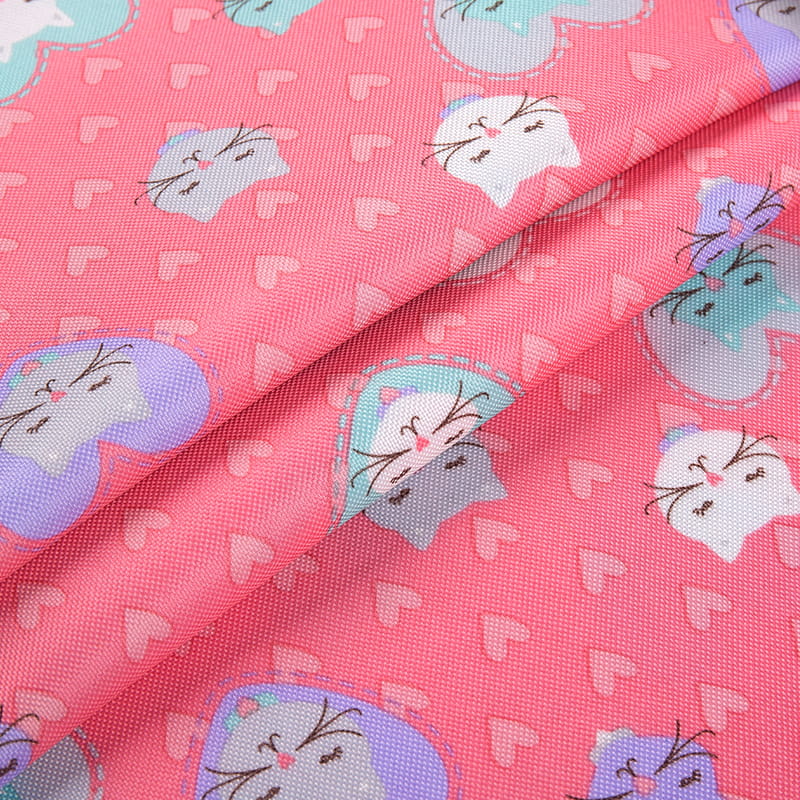
The water and moisture resistance of thermal printing fabric can vary depending on several factors, including the type of thermal printing technology used, the quality of the thermal transfer ribbon or material, and any additional coatings or treatments applied to the fabric. Here are some general considerations regarding water and moisture resistance in thermal printing fabric:
Inherent Resistance: Thermal printing fabric, in general, tends to be more water and moisture-resistant compared to some traditional ink-based printing methods. This resistance is because thermal printing uses heat to create images on the fabric, and the resulting prints are often less susceptible to smudging or running when exposed to moisture.
Thermal Transfer Ribbon: The quality and type of thermal transfer ribbon used can significantly impact water and moisture resistance. Some ribbons are designed specifically for applications where water resistance is critical. These ribbons often have protective coatings that enhance resistance to moisture and environmental factors.


Coatings and Treatments: In certain applications, additional coatings or treatments may be applied to thermal printing fabric to enhance its water and moisture resistance further. For example, fabric coatings or laminates can provide an extra layer of protection against water intrusion.
Fabric Material: The type of fabric material used can also affect water resistance. Some fabrics inherently repel water better than others. For instance, synthetic fabrics like polyester are often more water-resistant than natural fibers like cotton.
Environmental Conditions: The effectiveness of water and moisture resistance in thermal printing fabric can vary depending on the specific environmental conditions it is exposed to. Extreme humidity, prolonged exposure to water, or harsh weather conditions can still impact the fabric's resistance over time.
Testing and Certification: In some industries or applications, thermal printing fabric may need to meet certain standards or certifications for water and moisture resistance. Manufacturers may conduct specific tests to evaluate a fabric's performance in these conditions.



 English
English Español
Español










